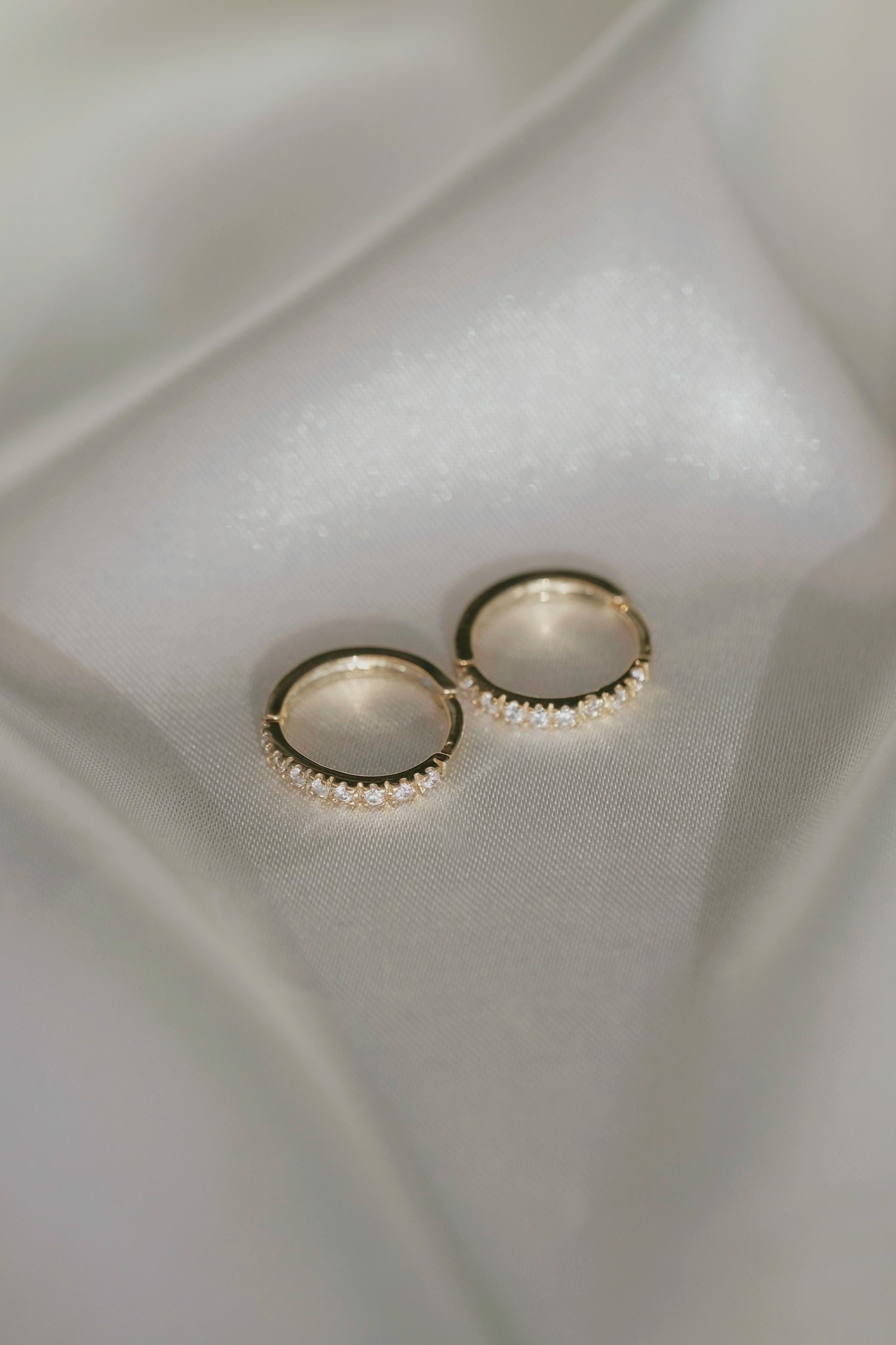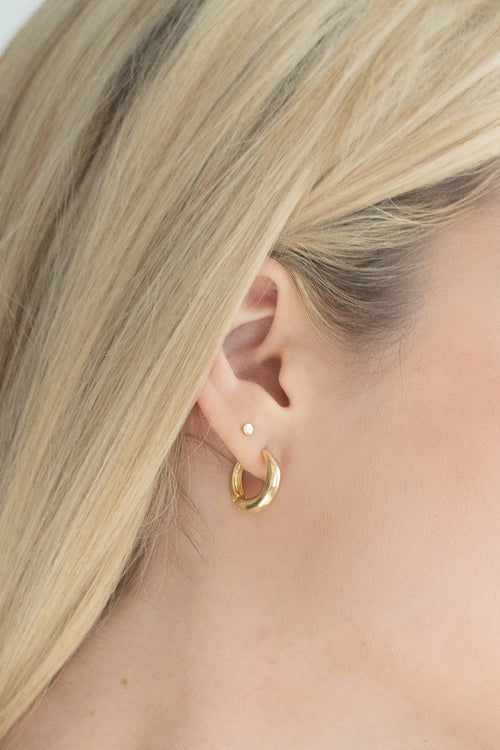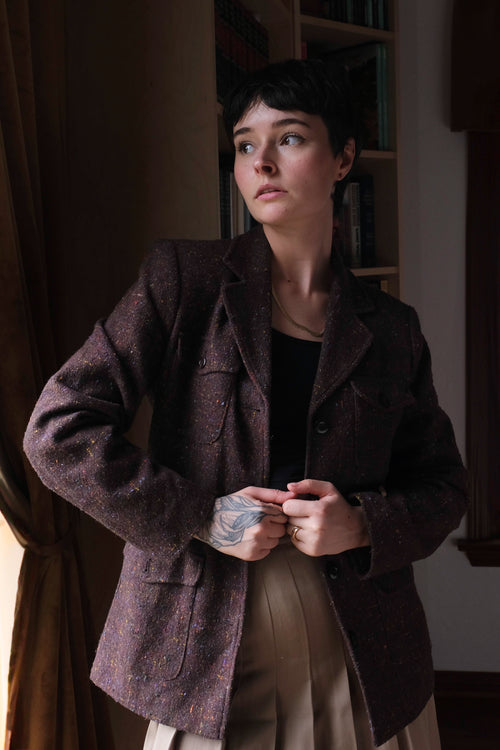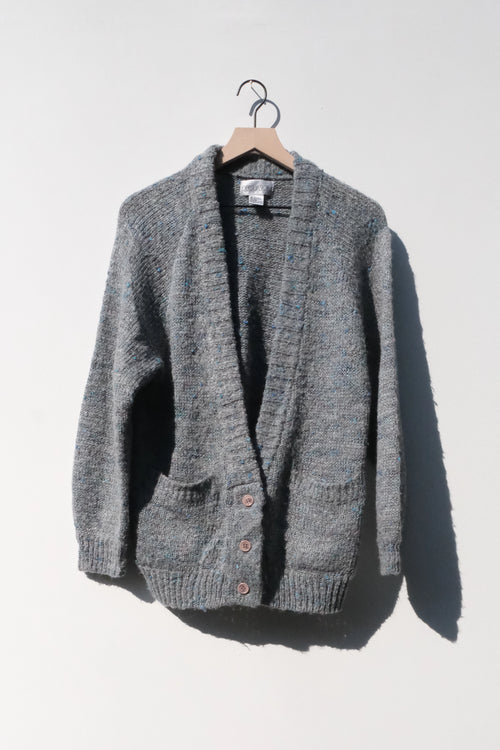
In the ever-evolving world of professional attire, staying up-to-date with work-appropriate clothing can be a daunting task. Whether you're just starting in your career, climbing the corporate ladder, or leading the boardroom, understanding the nuances of professional dress codes can be key to making a positive impression. This comprehensive guide will walk you through the latest trends, timeless tips, and practical advice for curating a work wardrobe that is both stylish and suitable in 2024.
Shop the Wear to Work collection →
1. Understanding Your Workplace Dress Code
Know Your Environment: The first step in determining work-appropriate attire is understanding your workplace's specific dress code. Corporate environments often lean towards formal or business professional attire, whereas creative industries may allow more flexibility with business casual or even casual outfits.
Dress Code Categories Explained:
- Business Professional: Think tailored suits, conservative colors, and polished shoes.
- Business Casual: Blends professionalism with comfort. Includes items like blouses, dress pants, and modest dresses.
- Casual: More relaxed, yet still neat and presentable. Avoid anything too revealing or informal.
Depending on your role and work environment, you may need to accommodate for each category. In my career, my role required off-site client meetings that often required business professional attire and remote client meetings where business casual was acceptable. In the office, my outfits were casual and business casual on days that clients came to our office. This is because the client was aware of our relaxed company culture, and that made it acceptable to wear business casual attire.
2. Building a Versatile Work Wardrobe
Invest in Key Pieces: Quality over quantity is the mantra for a versatile work wardrobe. Invest in a few key pieces like a well-fitted blazer, classic dress pants, and a versatile pencil skirt. These can be mixed and matched to create multiple business professional and business casual outfits.
The Importance of Fit: Ensure your clothes fit well and invest in tailoring if they don't. Ill-fitting clothes can be distracting and may not convey the professional image you're aiming for.
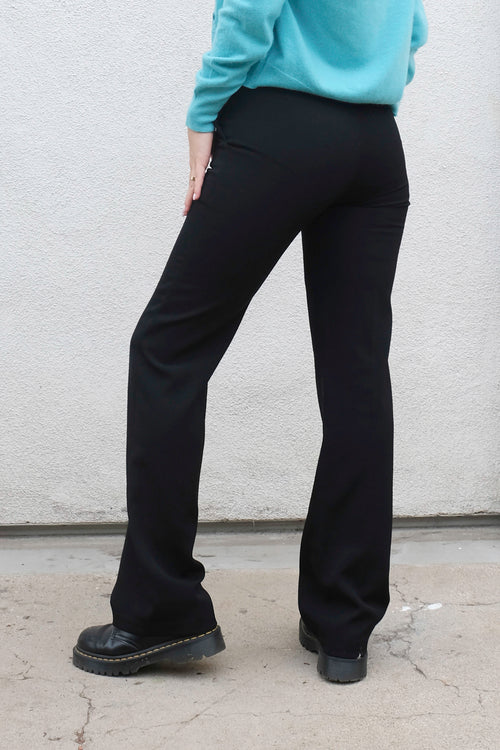 |
These Jil Sander straight leg pants are versatile and appropriate for both business professional and business casual purposes. |
3. Color and Pattern in Professional Attire
Neutral Tones: Stick to neutral tones like black, navy, gray, and beige for core pieces. These colors are easy to coordinate and always look professional.
Adding a Splash of Color: Don't shy away from color! A bright blouse or accessory can add personality to your outfit while still maintaining a professional look.
Patterns and Prints: Subtle patterns, like pinstripes or muted florals, are acceptable in most workplaces. In general, it may be best to avoid overly loud or busy prints if you're unsure, as the goal is to minimize unnecessary distractions in the workplace.
4. Accessorizing Your Work Outfit
Less is More: When it comes to accessories, less is often more in a professional setting. Simple jewelry, a classic watch, and a structured handbag can elevate your outfit without being overbearing.
These Small Everyday Hoops are not only affordable, but they are also made of 18k gold-filled sterling silver, adding a touch of sophistication to any work scenario. |
Shoes Matter: Comfort is key. Pumps, flats, or low heels are typically appropriate choices. For a trendy option, kitten heels can look really cute with a long skirt or straight leg pants. If your workplace is casual, clean sneakers and pretty leather or woven sandals are acceptable.
5. Seasonal Considerations
Winter Wardrobe: Layering is key. Cardigans, blazers, and tailored coats can keep you warm and stylish.
This vintage Liz Claiborne jacket is warm enough to wear outside and versatile enough to wear over a blouse or t-shirt and jeans. |
Summer Attire: Choose breathable fabrics like cotton or linen to stay cool while maintaining a professional appearance.
6. Navigating Casual Fridays and Company Events
Casual Fridays: Even on casual days, maintain a polished look. Fitted jeans with a knit sweater or blazer over a fitted t-shirt can be a great way to look neat and professional.
When wearing jeans to work, we recommend leaving the pairs with holes and rips at home. You can't go wrong with a pair of straight leg jeans.
You can make a slouchy grandpa sweater look business casual by pairing it with a smart collared button-down shirt, navy blue slacks, and mules. It's all about how you put the look together! |
Company Events: Understand the event's nature and venue. It's common to have anxiety over what to wear for that summer or holiday party, but just keep it business casual if you're unsure. For evening events, maintain a business professional vibe but play with color and volume.
7. Final Tips for Work-Appropriate Dressing
Comfort is Key: Your comfort is crucial. If you're uncomfortable in your outfit, it can affect your confidence and performance.
Be True to Yourself: Your work attire should reflect your personal style, within the bounds of professionalism.
Dressing appropriately for work in 2024 doesn't mean you have to sacrifice style for professionalism. By understanding your workplace's dress code, investing in versatile pieces, and adding personal touches through colors and accessories, you can create a work wardrobe that is both appropriate and expressive of your individual style. While companies don't hire you for your fashion sense, dressing with care shows that you take your job seriously and respect your colleagues.
